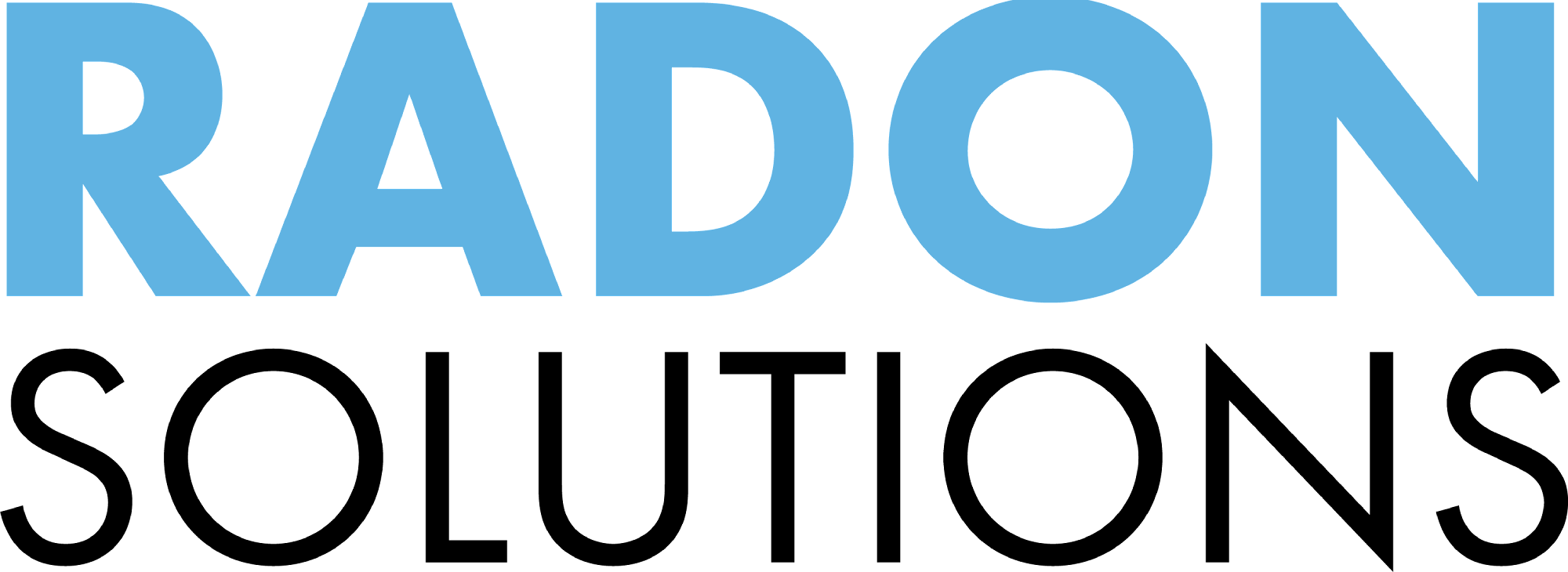Radon is a significant yet often overlooked health risk that you might be sharing your home with. This naturally occurring radioactive gas is colorless, odorless, and tasteless, making it a silent intruder into spaces where your family lives, including children and pets. The primary health concern associated with radon exposure is an increased risk of lung cancer. Understanding the potential dangers of radon exposure is crucial for ensuring the safety and well-being of your household. This article will explore the sources of radon, its health effects, how it enters homes, and, crucially, how you can detect and mitigate its presence to provide a safe environment for your family.
What is Radon?
Radon is a radioactive gas that is invisible, odorless, and tasteless. It forms from the natural decay of uranium found in soil, rock, and water. Its presence is influenced by certain geological formations, although it can be found anywhere, which is why awareness and testing are vital steps for every homeowner. Radon typically infiltrates living spaces through a variety of openings and routes, including:
• Cracks in floors and walls, which can be common in both older and newer homes.
• Openings around service pipes, a frequent avenue for radon to enter unnoticed.
• Home foundations and sump pumps, particularly when they are not properly sealed or maintained.
Understanding radioactive decay and the properties of radon is essential because it informs the development of effective strategies for detection and reduction, helping to minimize the potential health risks associated with this stealthy gas.
Health Risks of Radon Exposure
The main health risk of radon exposure is its link to lung cancer, the second leading cause of lung cancer in the United States, according to the EPA. Radon decay products, known as radon progeny or daughters, can become lodged in the lungs. Once inhaled, they emit radiation that may damage lung tissue over time. Key aspects to consider include:
• Mechanism – The radioactive decay of these byproducts can result in mutations in the lung cells.
• Risk Factors – Duration of exposure plays a significant role; longer exposure to high radon levels increases the likelihood of health complications. Additionally, smokers are at a compounded risk.
• Statistics – With approximately 21,000 lung cancer deaths annually attributed to radon exposure in the U.S., it represents a substantial public health issue.
• Vulnerable Populations – Children, due to their developing lungs, smokers, and those who have lived in high-radon homes for an extended period are particularly at risk.
When compared to other environmental hazards, such as exposure to secondhand smoke, the risks posed by radon are equally serious, underscoring the need for proactive measures to minimize exposure.
How Radon Enters Homes and Buildings
Radon finds its way into homes through several pathways, leveraging weaknesses in the home’s structure and variations in its design. Typical infiltration methods include:
•Cracks: Small fissures in floors and walls that provide unseen entry points for radon gas.
•Gaps: Spaces around service pipes, typically left unsealed, which allow radon easy access to indoor environments.
•Ventilation: The design and circulation patterns within a building can significantly affect how much radon builds up indoors. Insufficient ventilation can exacerbate radon accumulation.
•Geographic Variations: The concentration of uranium in the soil can vary widely from one geographic region to another, affecting radon levels.
•Water Sources: Homes supplied by well water might also introduce radon into indoor air when water is used for drinking, cooking, or bathing.
Detecting Radon in Your Home
Testing is the only way to accurately assess radon levels and know if you’re at risk. Homeowners have several detection methods to choose from:
1. Short-term tests: These generally involve charcoal canisters or electronic detectors that remain in place for two to 90 days, offering a quick snapshot of radon levels.
2. Long-term tests: These offer more accurate readings over several months to a year, using things like alpha track detectors, which are better for understanding year-round exposure.
Choosing between professional testing services or do-it-yourself kits often depends on personal comfort and expertise, but both can be effective. Upon discovering elevated radon levels, homeowners should consider employing mitigation techniques. Ventilation systems, specifically designed to reduce radon levels, are among the most commonly implemented solutions.
Mitigating Radon Exposure
Reducing radon levels in your home is both achievable and vital. Here’s how you can take action:
• Ventilation Improvements: Installing sub-slab depressurization systems can effectively lower radon concentration. This involves ventilating radon from beneath the foundation to the outside, preventing its entry into the home.
• Professional Mitigation: Hiring certified contractors not only ensures compliance with safety standards but also maximizes the effectiveness of mitigation efforts. These professionals understand the nuances of radon control and can offer customized solutions.
• Maintenance: Regularly checking these systems is critical to maintaining their efficiency. Also, it’s advisable to periodically inspect your home for any new structural changes or damage that could increase radon infiltration.
• Retesting: It’s essential to retest after mitigation efforts to verify a significant reduction in radon levels. This ongoing commitment protects your family from future radon risks.
Government resources such as EPA guidelines and state-specific radon programs provide excellent support and additional insights throughout the mitigation process.
Public Health and Policy Perspectives
Radon is an essential public health issue with room for increased awareness and education. Regulations around building codes and real estate disclosure laws vary, reflecting a need for standardization and heightened enforcement. Learning from global policies and successful campaigns could enhance these efforts, ensuring that both landlords and tenants are well-informed and proactive in managing radon risks.
• Awareness Campaigns: Successful efforts in other regions serve as valuable models. Increasing public knowledge about the risks and testing can significantly enhance health outcomes.
• Global Perspective: Policies vary around the world, but learning from successful campaigns can strengthen regulatory frameworks, ensuring greater safety for all.
Bringing radon into the public health conversation requires collaboration between governments, health professionals, and industry stakeholders to spark policy changes, leading to improved community health standards and radon management.
Conclusion
Radon exposure is a serious risk, particularly when considering the potential for lung cancer. However, with accessible testing and effective mitigation strategies, you can protect your home and family from its dangers. Now is the time to act: schedule a radon test, consult with professionals, and take steps to secure your environment. Radon Solutions offers expert, customer-focused services that emphasize safety and integrity. Ensure the well-being of your household by scheduling a free on-site consultation today.

